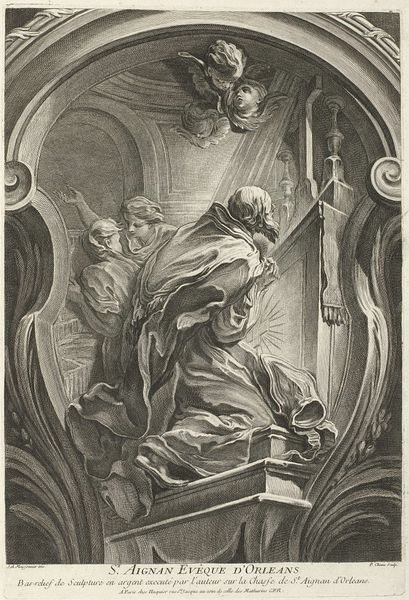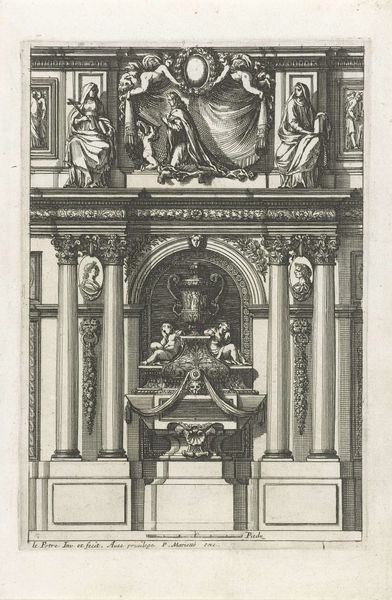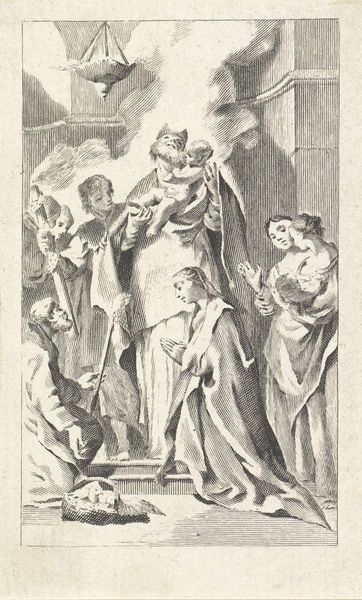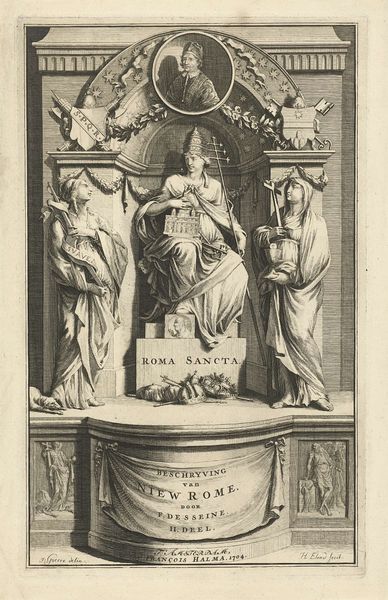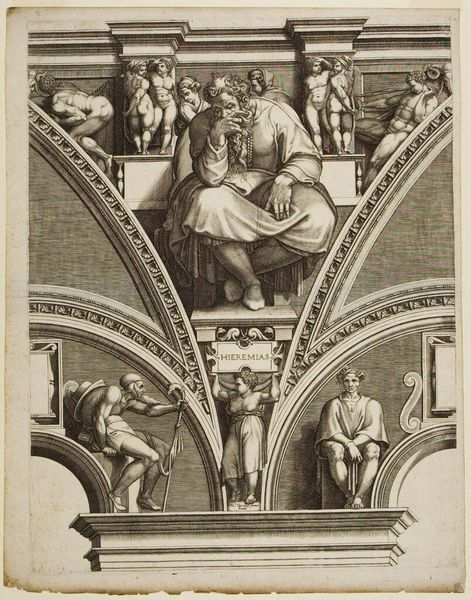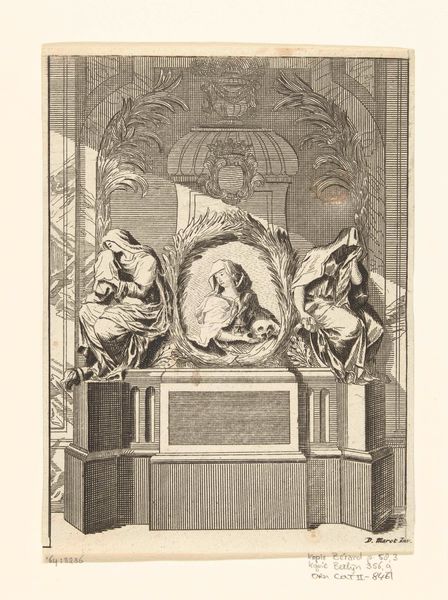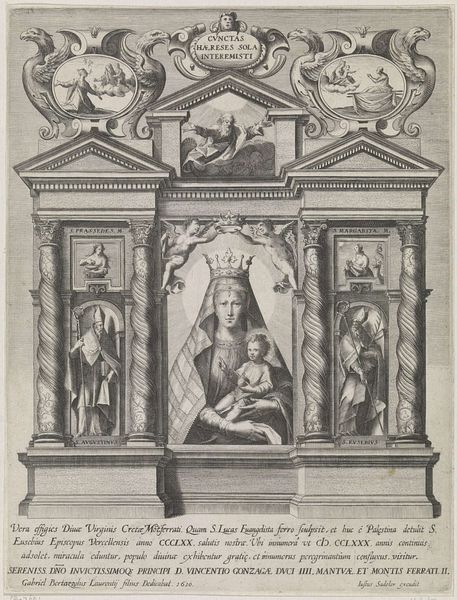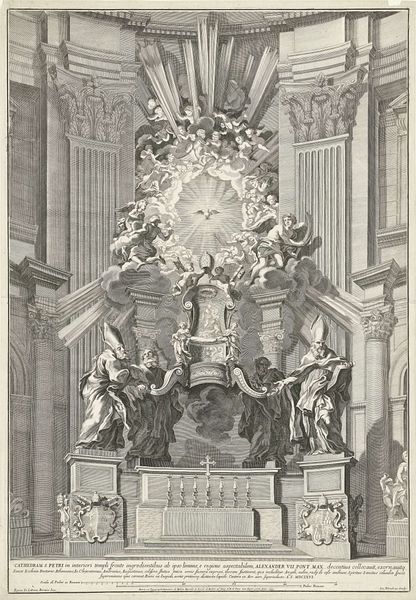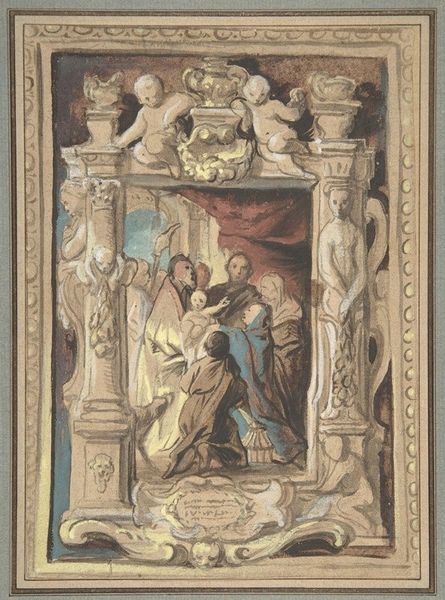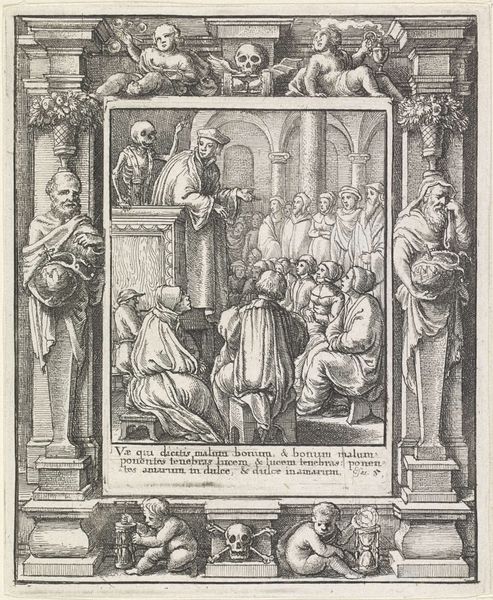
drawing, pen
#
drawing
#
medieval
#
narrative-art
#
pencil sketch
#
sculpture
#
charcoal drawing
#
figuration
#
charcoal art
#
detailed observational sketch
#
pen
#
history-painting
#
miniature
Copyright: Public domain
Editor: Here we have "Tavola Di Pergentile E Venanzo Da Camerino" from 1898 by Giuseppe Barberis. It looks like a drawing, maybe pen and ink. I’m struck by the use of vertical lines and the many figures in this pretty small frame. How do you interpret this work? Curator: The subject and Barberis’ technique transport us back to the medieval era, doesn't it? We must consider not only Barberis' individual skill but also the revivalist impulse of the late 19th century. What narratives do you think the figures convey, and how might these figures have been interpreted during the period, given its intersection with religious authority and societal structures? Editor: I suppose they seem reverent, in their stances and placement in the artwork's composition. What I find puzzling is, how would the intersection of religious authority with the artwork affect my understanding of the people depicted? Curator: Examining gender and class depictions alongside historical understandings of power structures helps to identify the underlying ideologies shaping artistic representation, enabling dialogue about faith, politics and lived experience in both Barberis’ time and our own. It also prompts reflection on art history's influence in constructing dominant narratives. How does viewing artwork through such lenses change our relationship with it, and ourselves? Editor: It makes the artwork speak about our time in a louder voice! Thank you! Curator: And the lines become bolder! Avenues for new insight have emerged for both of us today!
Comments
No comments
Be the first to comment and join the conversation on the ultimate creative platform.
